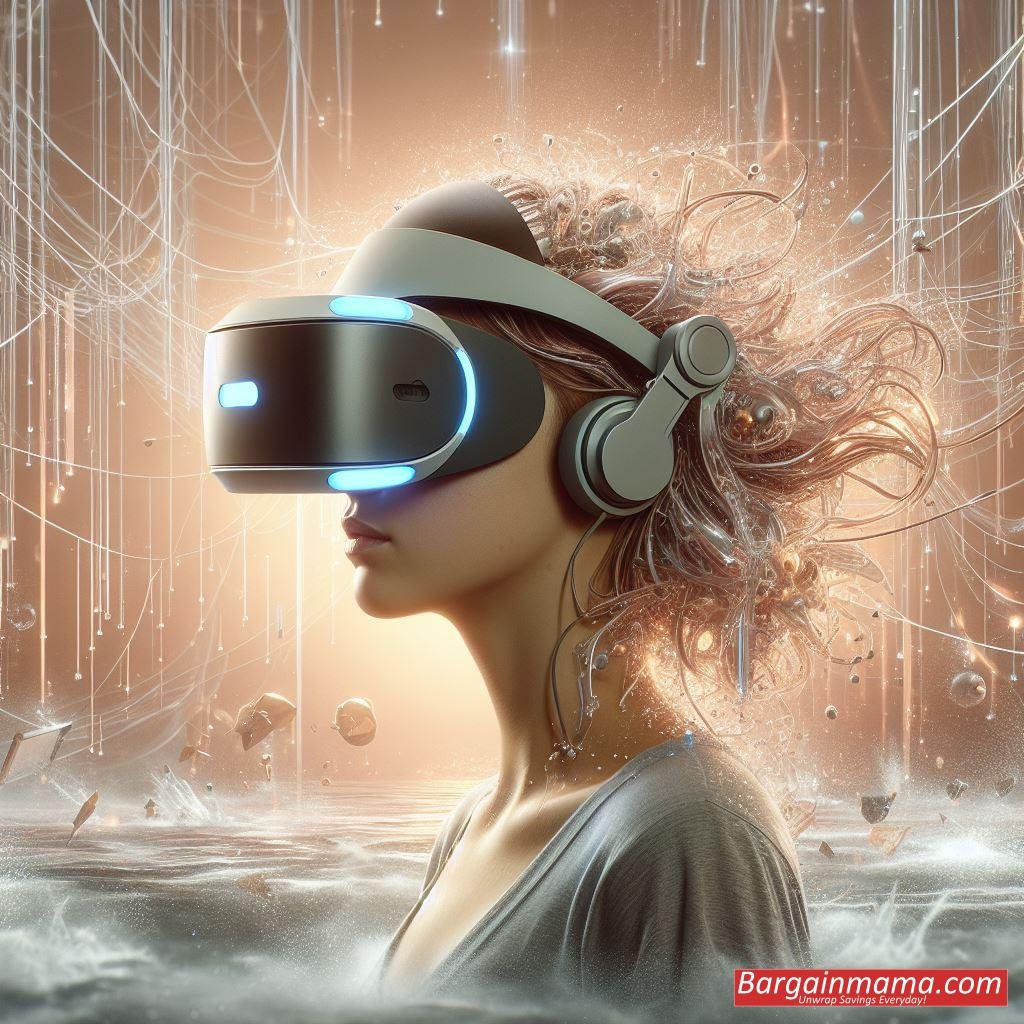In the world of virtual reality (VR), motion sickness is a strong enemy that needs to be constantly defeated. A recent research reveals a crucial component that may help prevent this pain, but the Vision Pro and other high-end VR headsets noticeably lack it. The more VR aficionados explore its immersive realm, the more important it is to comprehend this characteristic.

Motion sickness, often known as simulator sickness, is caused by a mismatch between the physical sensations experienced by the body and the visual stimuli viewed via a virtual reality headset. Although this problem has been somewhat lessened by advances in VR technology, one aspect stands out as a game-changer: refresh rate.
A recent study conducted in collaboration with Purdue University and Xi’an Jiaotong – Liverpool University examined the effects of different refresh rates on motion sickness. The results highlighted a crucial threshold: a refresh rate of 120Hz considerably lowers the chance of feeling queasy or dizzy when using virtual reality.
Interestingly, this cutoff corresponds to the refresh rates that top VR headsets like the Meta Quest 3 and its predecessor, the Quest 2, provide. Pioneering VR technology company Meta has invested a lot of money in improving its head-mounted displays (HMDs) for the best possible experience and comfort for users. Rivals like Pimax Crystal and Valve Index, on the other hand, push the limits of immersive VR experiences with their competitive refresh rates.

Although there is a definite link between lower motion sickness and greater refresh rates, not all VR manufacturers have adopted this feature equally. With a maximum refresh rate of 90Hz, Apple’s premium product, the Vision Pro, noticeably fails to meet expectations. Although the Vision Pro is expensive, its failure to achieve the industry standard 120Hz begs the issue of how effective it is in preventing motion sickness.
The study also highlights the fact that frame rate is only one component of the puzzle. User comfort in virtual reality environments is also greatly influenced by factors such as tracking reliability, field of vision, and visual sharpness. Consequently, while comparing headset alternatives, potential VR fans should carefully consider these factors in addition to refresh rate.
Moreover, it is impossible to exaggerate the significance of game selection. The degree to which VR games can cause motion sickness varies. High comfort rating games should be given priority in order to reduce discomfort and improve the VR experience as a whole.

Although there is still much work to be done in the VR space to combat motion sickness, refresh rate is extremely important. Recent research indicates that the secret to unlocking pleasant and engaging VR experiences is to achieve a refresh rate of 120Hz or greater. But the lack of this functionality in high-end products like the Vision Pro emphasizes the importance of critical customer examination. Ultimately, a more pleasurable and nausea-free virtual experience will be possible thanks to well-informed judgments that are driven by a comprehensive grasp of VR technology.



